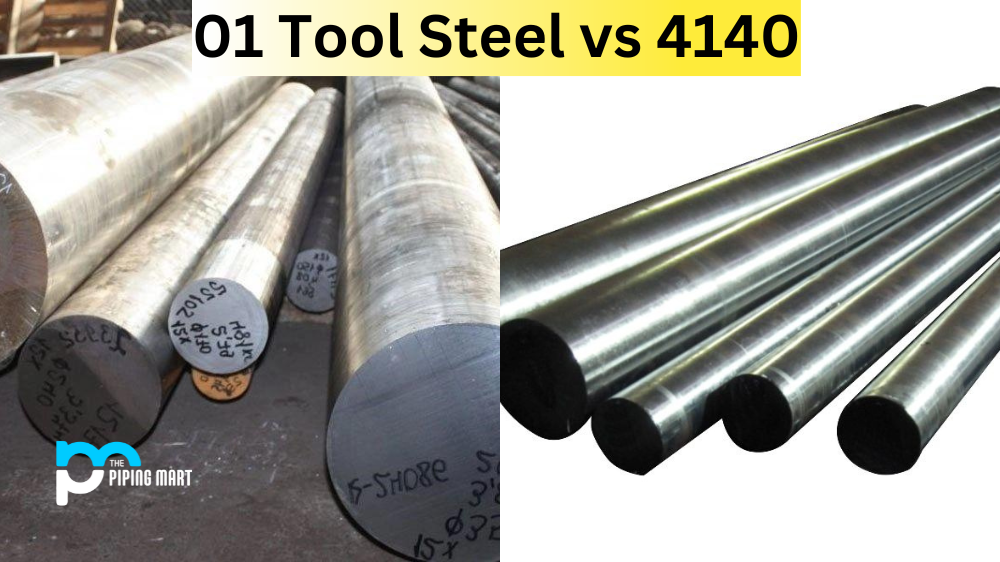If you are interested in stainless steel, you probably heard of grade 440. But have you ever wondered what the differences are between 440A and 440C stainless steel? Well, look no further! We will break down these two grades of stainless steel so that you can make an informed decision and choose the right type for your project.
What is Grade 440 Stainless Steel?
Grade 440 stainless steel is a high-carbon chromium alloy that contains three different types of steel—440A, 440B, and 440C. All three grade 440 sheets of steel contain 0.60% carbon by weight, with maximum hardness and wear resistance achieved when hardened to Rockwell 58HRC or higher. This grade of stainless steel is highly resistant to corrosion and oxidation in low- and high-temperature environments due to its strong chromium content (16–18%). It also has excellent machinability properties and can be hardened through heat treatment up to Rockwell 58HRC or higher.
Differences Between Stainless Steel 440A vs 440C
The main difference between grade A and grade C stainless steel is their chemical makeup. While both have similar carbon content levels at 0.60%, they differ significantly in their chromium content—grade A has 16–18% while grade C has 12–14%. This difference affects the corrosion resistance level each type offers and their hardness after heat treatment; grade A can reach higher hardness levels than grade C when appropriately treated. Additionally, while both types are highly resistant to oxidation in low-temperature environments, grade C provides better protection against oxidation at higher temperatures than its counterpart. Lastly, due to its lower chromium content, grade C offers a more economical option for projects that do not require high levels of corrosion resistance or hardness after heat treatment than grade A stainless steel.
440A Stainless Steel
440A stainless steel is a high-carbon martensitic stainless steel. It has high strength, moderate corrosion resistance, and good hardness and wear resistance. With proper heat treatment, it can be achieved Rockwell hardness levels of 58-60 HRC.
440C Stainless Steel
440C stainless steel is a high-carbon martensitic stainless steel. It has high strength, good hardness and wear resistance, and excellent corrosion resistance. With proper heat treatment, it can be achieved Rockwell hardness levels of 58-60 HRC.
Comparison of 440A, 440B, and 440C Stainless Steel
All three grades of stainless steel (440A, 440B, and 440C) are commonly used in the production of knives. All three sheets of steel have similar properties but vary in composition and heat treatment.
- 440A is the most popular grade of stainless steel for making knives due to its excellent balance of edge retention and corrosion resistance.
- 440C is the highest quality stainless steel used for making knives and is prized for its exceptional edge retention and corrosion resistance.
Conclusion:
In conclusion, several essential differences between grades A and C stainless steel must be considered when selecting which type best suits a particular application or project. While both offer excellent corrosion resistance at lower temperatures and good machinability properties, it’s important to note that grade A offers better oxidation protection at higher temperatures than its counterpart while being able to reach higher levels of hardness after heat treatment if needed. Therefore, it’s essential to consider all aspects before deciding which type of stainless steel is right for your needs – Grade A or Grade C!

Pipingmart is a B2B portal that specializes in metal, industrial and piping items. Additionally, we share the latest information and information about materials, products and various types of grades to assist businesses that are involved in this business.




